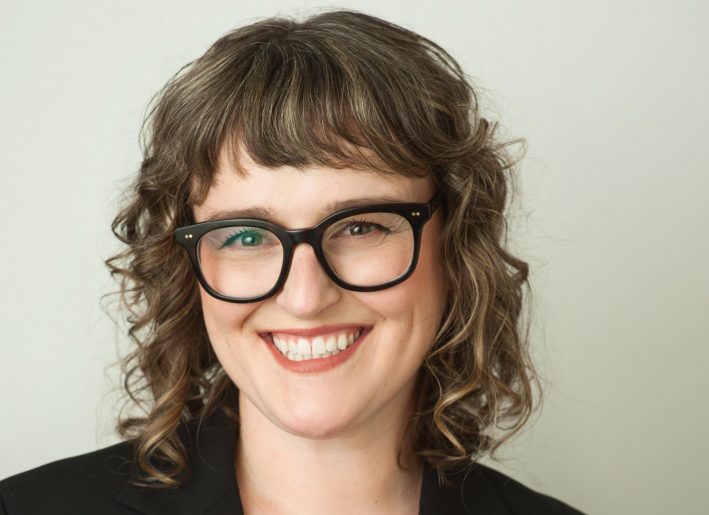The World Health Organization estimates that about one-half of the estimated 1.4 million cases of blindness in children below the age of 15 could be avoided. Finding and treating children early in life is a top priority for child eye health programs and most have developed strategies to identify and refer children in need of care. The Key Informant (KI) case finding method, which trains community members to screen children for eye problems and refer them to eye services, is a common strategy to identify and refer children with blindness and visual impairment. However, studies to date have not determined the benefit and cost of adding KIs to routine outreach activities. In summary, this study demonstrates that in addition to being an effective method for identifying blind children, the KI method can be successfully used as part of a community ophthalmology program to increase the uptake of screening services at a modest increase in costs.

The Ripple Effect of Vision: A Journey from Madurai to Seva Canada
Nearly 30 years ago, while working for a UK corporation supporting volunteer programs in India, a young professional found himself in Madurai, Tamil Nadu. It


